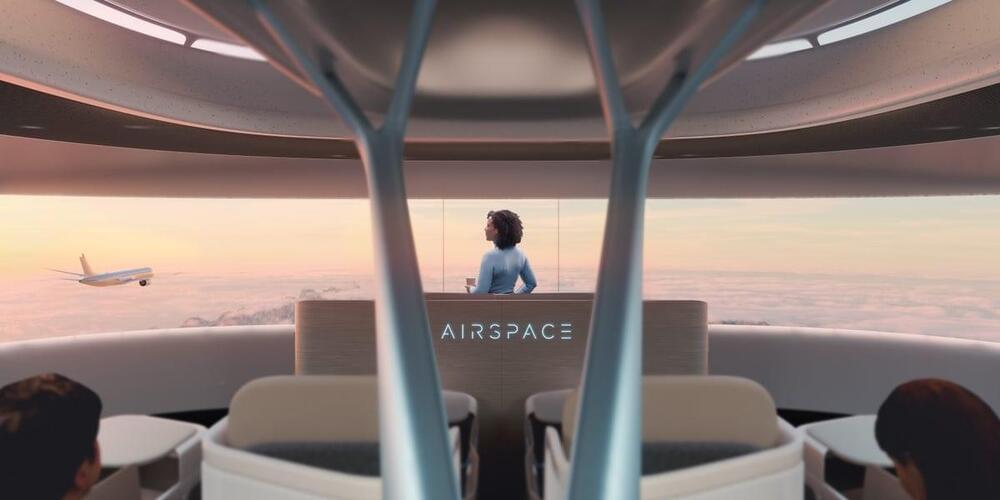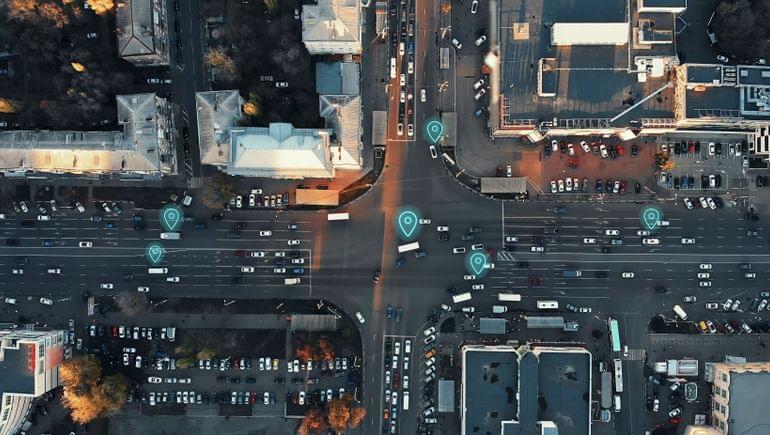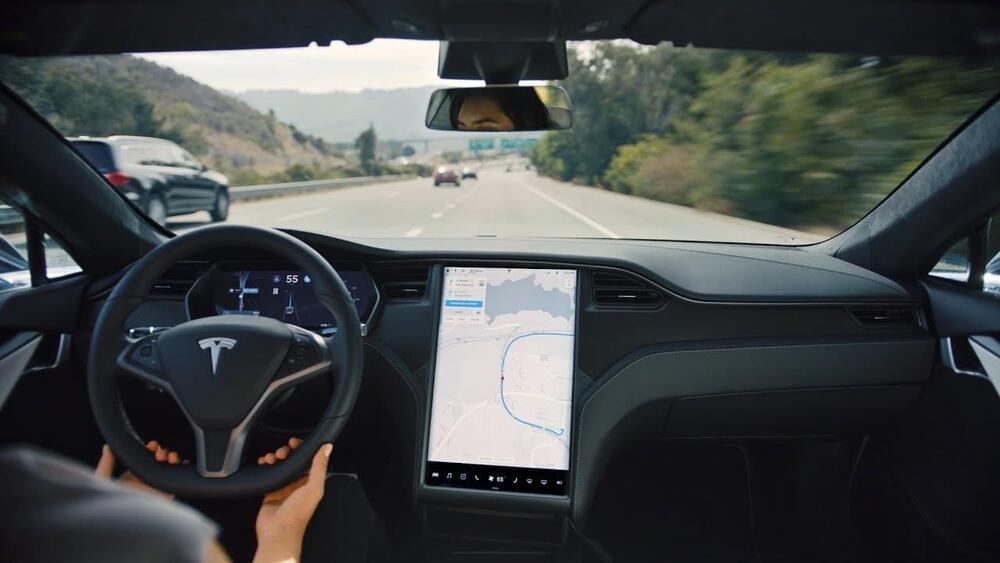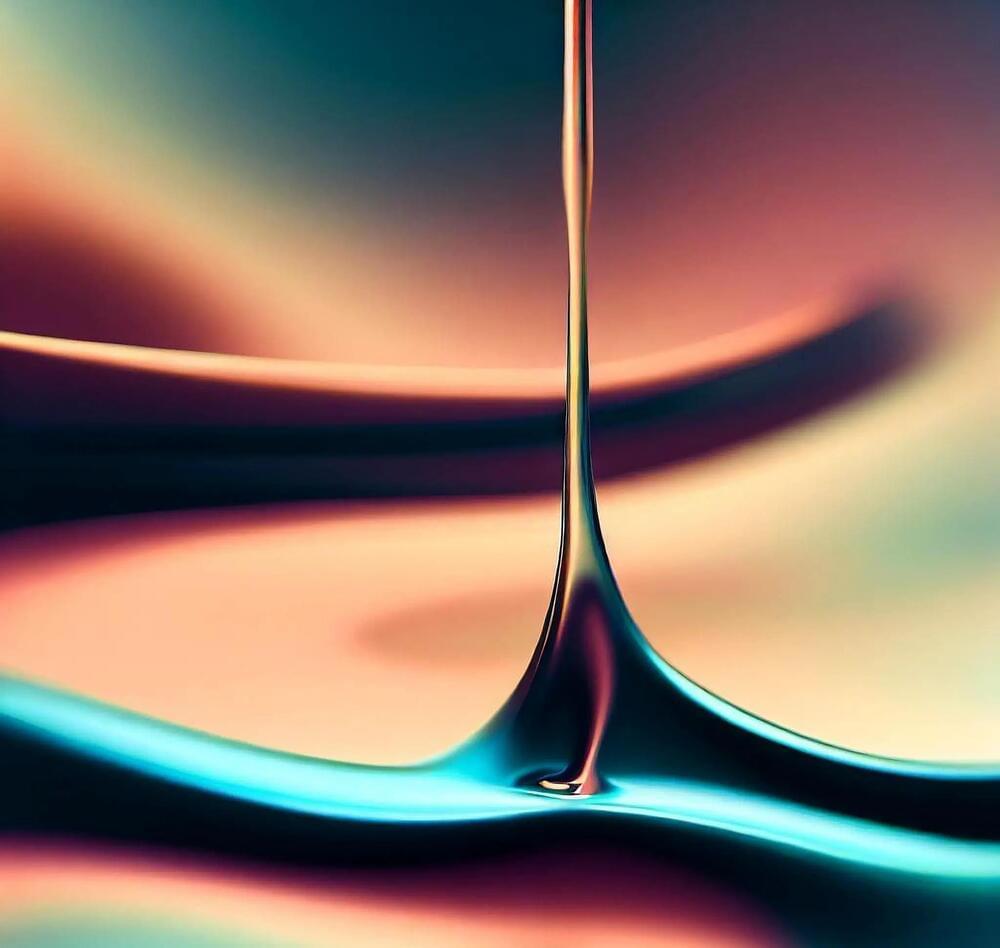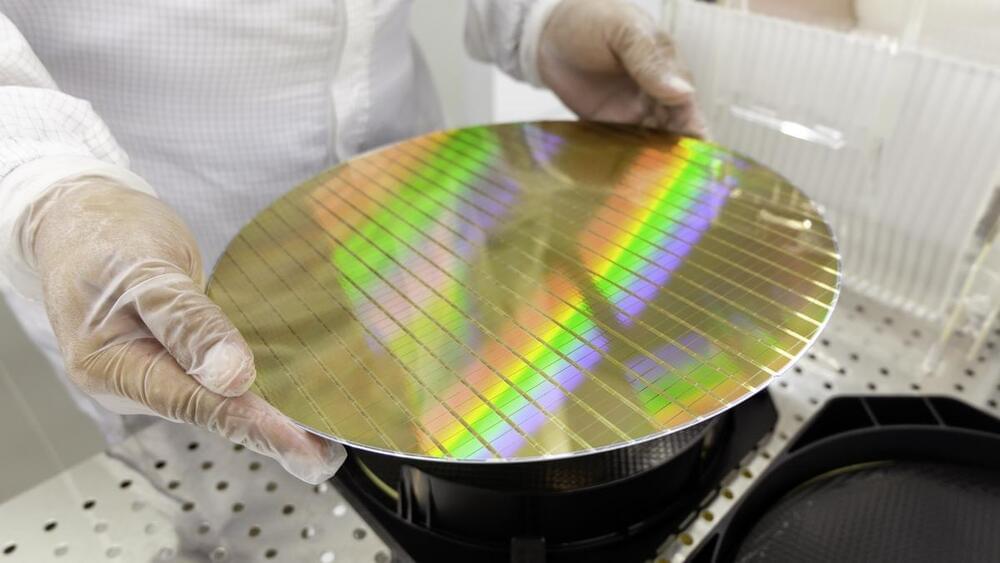I believe that every function in trade book publishing today can be automated with the help of generative AI. And, if this is true, then the trade book publishing industry as we know it will soon be obsolete. We will need to move on.
There are two quick provisos, however. The first is straightforward: this is not just about ChatGPT—or other GPTs (generative pretrained transformers) and LLMs (large language models). A range of associated technologies and processes can and will be brought into play that augment the functionality of generative AI. But generative AI is the key ingredient. Without it, what I’m describing is impossible.
The second proviso is of a different flavor. When you make absolutist claims about a technology, people will invariably try to defeat you with another absolute. If you claim that one day all cars will be self-driving, someone will point out that this won’t apply to Formula One race cars. Point taken.
